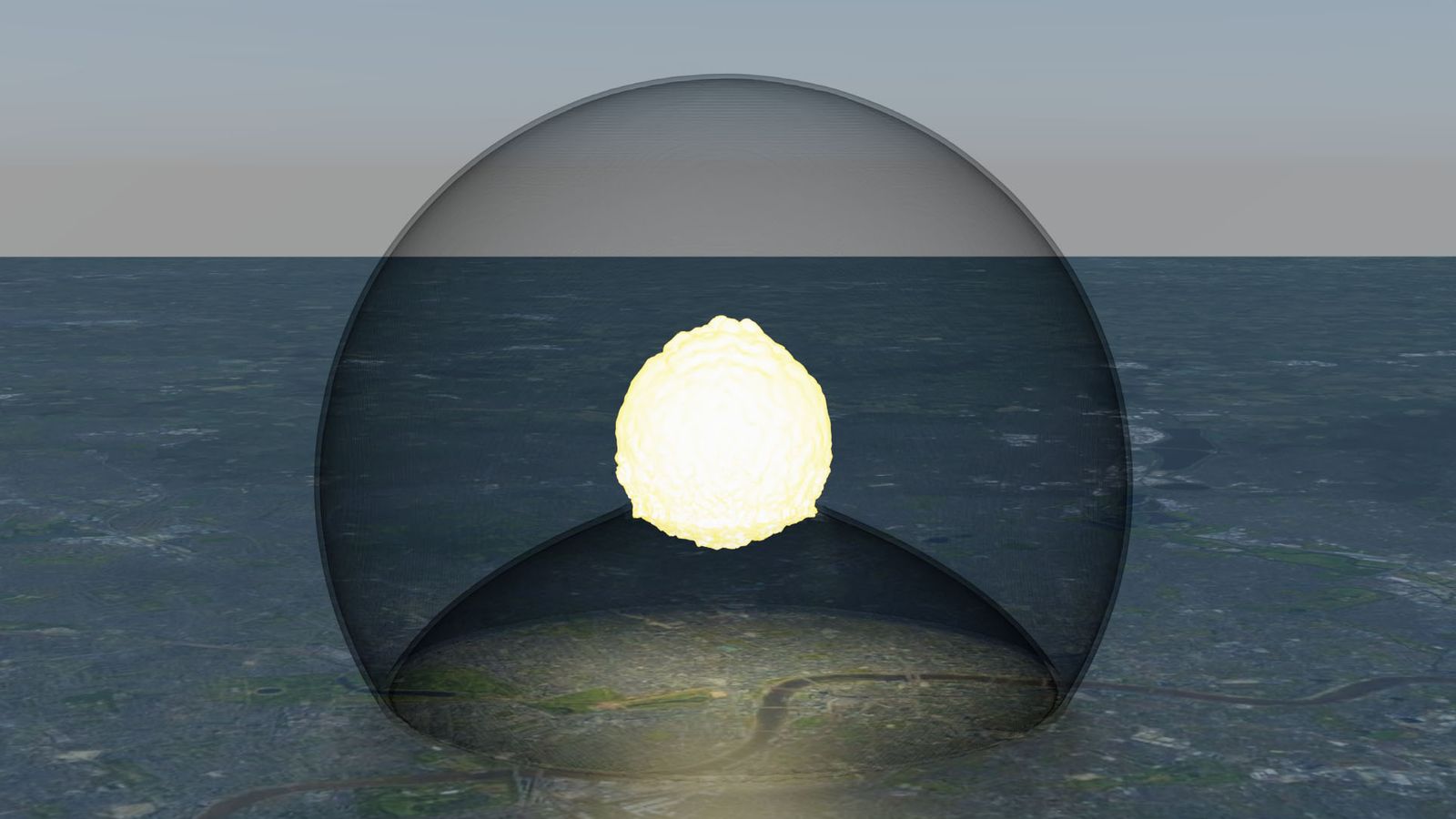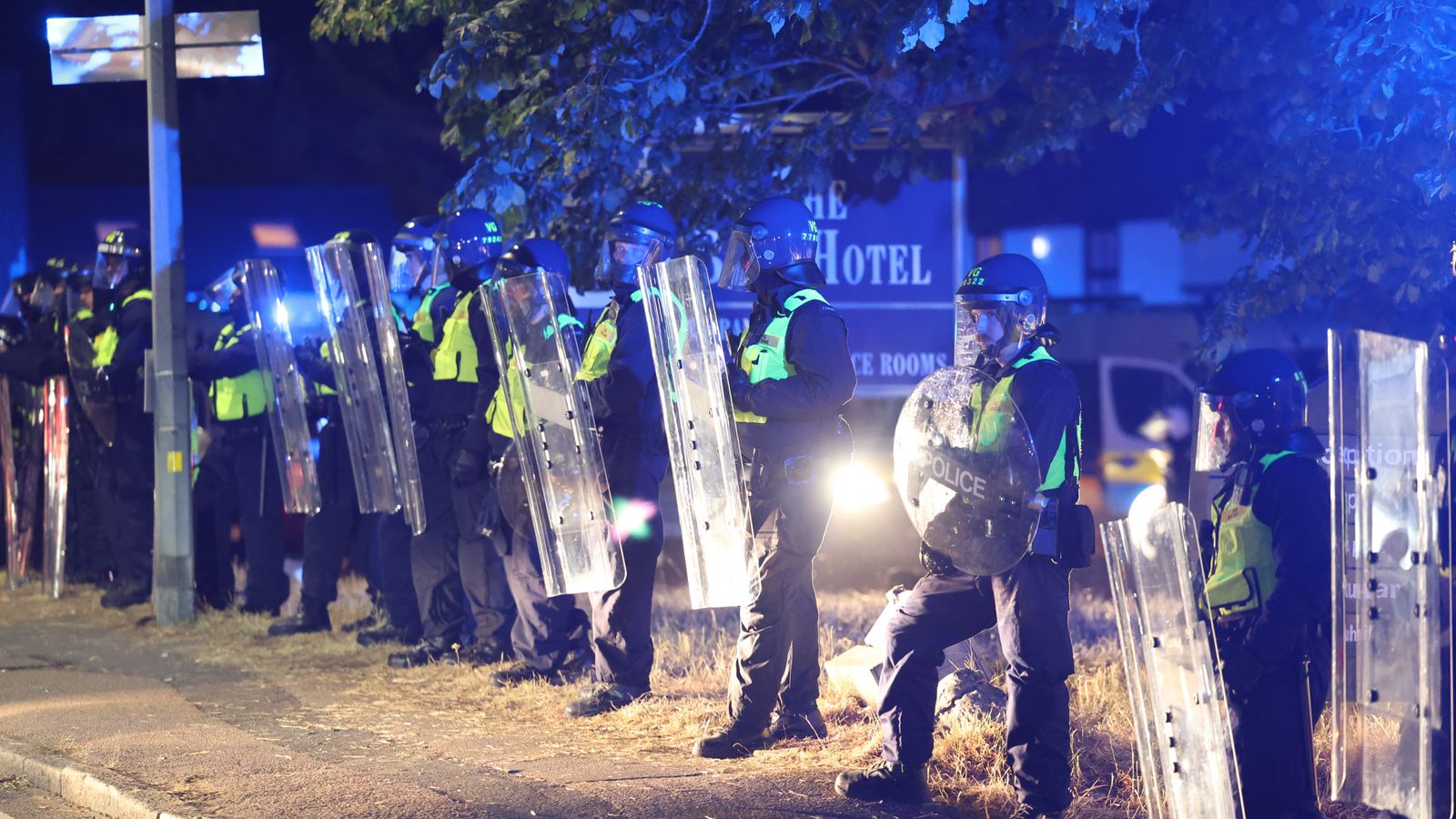Scientists simulated a nuclear explosion on a major city - and how you might hope to survive it
Scientists have simulated what would happen if a nuclear bomb was dropped on a major city.

Whether you're close enough to be vaporised in an instant, or within range of possible radiation poisoning, there's no such thing as a good place to be if one goes off where you live.
But a new peer-reviewed study, published in Physics of Fluids by the American Institute of Physics, aimed to focus on the specific impact on people who manage to shelter indoors.
Using advanced computer modelling, researchers looked into how a nuclear blast from an intercontinental ballistic missile would sweep through buildings.
According to their results, while some would be destroyed, even being in a sturdy structure which might ultimately survive the bomb itself is not enough to avoid risk of serious injury.
The already significant blast waves can be exacerbated by tight spaces, as the air generated reflects off walls, bends round corners and bounces through the building at speeds strong enough to lift people into the air.
In the worst cases, it can produce a force equivalent to 18 times a human's body weight.
Research author Dimitris Drikakis, of the University of Nicosia, said: "Before our study, the danger to people inside a concrete-reinforced building that withstands the blast wave was unclear."
He added that the "high airspeeds" caused by a nuclear blast are a "considerable hazard", in addition to more established threats like the explosion itself and subsequent radiation.
There would only be a few seconds between the explosion and the arrival of the blast wave.
'Most dangerous' places to shelter indoors
The researchers highlighted three places of notable danger when sheltering indoors: windows, corridors and doors.
Ioannis Kokkinakis said these were the "most dangerous, critical indoor locations to avoid".
"People should stay away from these locations and immediately take shelter," he warned.
"Even in the front room facing the explosion, one can be safe from the high airspeeds if positioned at the corners of the wall facing the blast."
The study's authors hope that understanding the impact of a nuclear explosion can help prevent injuries and guide rescue efforts, though they of course hope their advice will never be needed.
It comes after New York's authorities released a video telling locals how to survive a nuclear attack, stressing the importance of staying indoors and washing off any radioactive dust or ash.
The clip was released to bemusement and some alarm last summer, but officials stressed that it was not tied to any specific threats and was only meant to raise awareness.
-sky news






